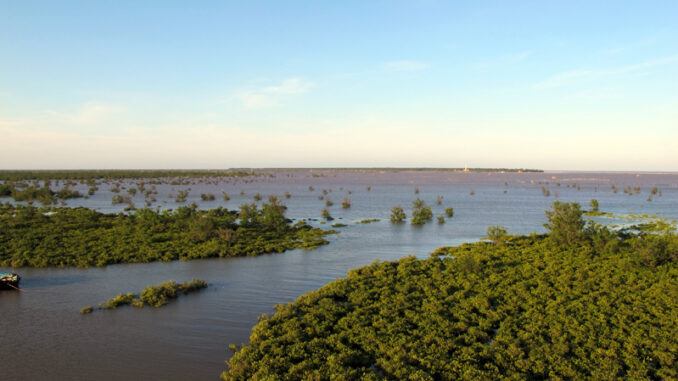
Red River Delta Biosphere Reserve has an area of more than 105,000 hectares, a core area of 14,000 hectares, a buffer area of 37,000 hectares, and a transition area of over 54,000 hectares. There is also a National Park, a nature reserve, and many large mudflat areas. This is an important area for biodiversity conservation in Southeast Asia, especially the conservation of rare wild birds.
History
The Red River Delta Biosphere Reserve is located in the coastal region of northern Vietnam, spanning three provinces: Thai Binh, Nam Dinh, and Ninh Binh. It covers a vast area of approximately 11,000 square kilometers, stretching along Red River Delta from Thai Binh River to Gianh River. The Red River Delta Biosphere Reserve is divided into three distinct zones including core zone, buffer zone and transition zone.
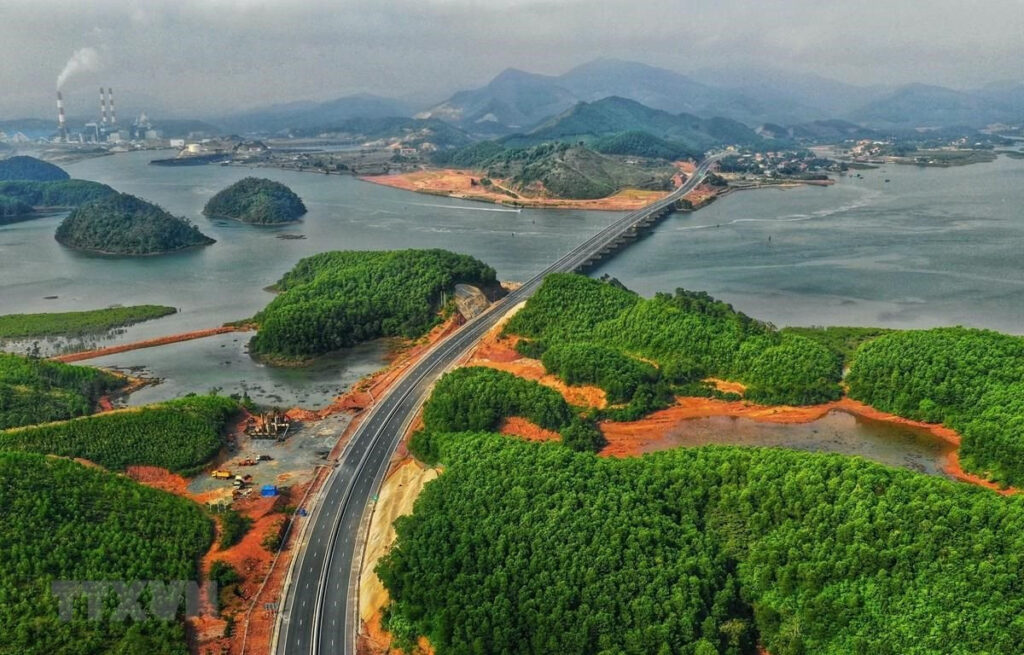
– Core Zones: The core zones are the most protected areas of the reserve, where human activities are strictly limited to ensure the preservation of the natural ecosystem. These zones include Xuan Thuy National Park in Nam Dinh Province and Tien Hai Wetland Nature Reserve in Thai Binh Province.
– Buffer Zones: The buffer zones surround the core zones and act as a transition area between the protected areas and the surrounding human-modified landscape. Buffer zones allow for some controlled human activities, such as sustainable agriculture and ecotourism, while still protecting the core zones.
– Transition Zones: The transition zones are the outermost areas of the reserve and represent the interface between the biosphere reserve and the wider landscape. These zones are characterized by a mix of natural and human-modified landscapes, with activities such as agriculture, forestry, and infrastructure development.
Ecological Characteristics
The Red River Delta Biosphere Reserve is characterized by its unique ecological features, including
– Wetlands: The reserve is home to extensive wetlands, including marshes, swamps, and lagoons. These wetlands provide a habitat for a variety of aquatic plants and animals, including fish, shrimp, and waterbirds.
– Mangroves: The reserve’s coastal areas are lined with mangrove forests. Mangroves are salt-tolerant trees and shrubs that play an important role in protecting coastlines from erosion and storm surges. They also provide habitat for a variety of marine life.
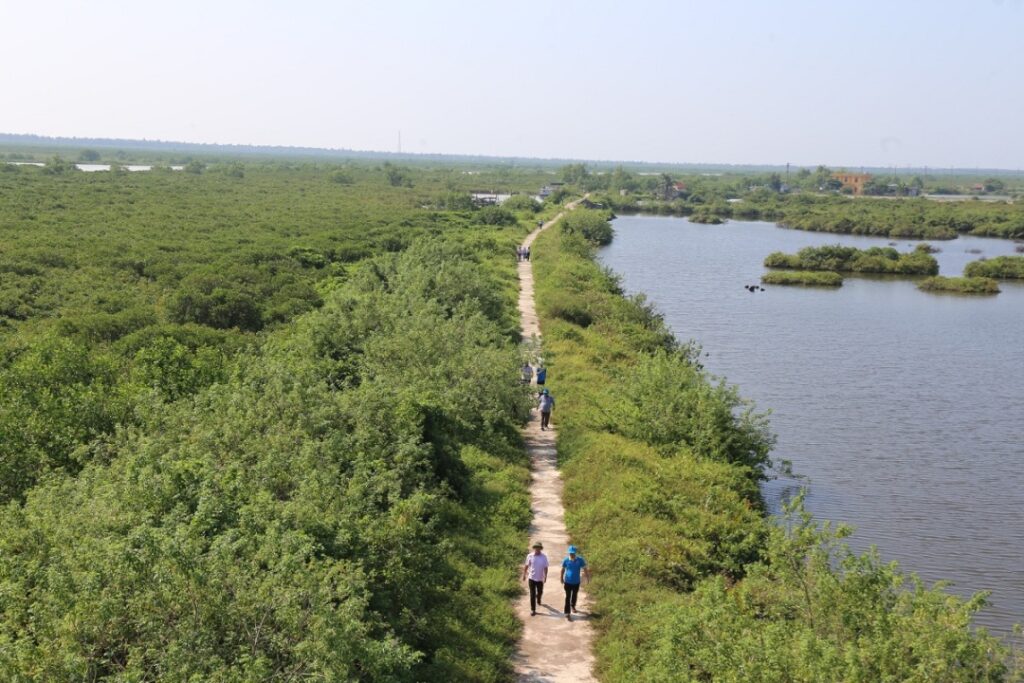
– Intertidal habitats: The reserve’s intertidal habitats, located between the high and low tide marks, support a diverse array of plants and animals adapted to this unique environment.
– Agricultural lands: The reserve also includes agricultural lands, which are important for the livelihoods of local communities. Sustainable agriculture is encouraged to minimize the impact of practices on the ecosystem.
The Red River Delta Biosphere Reserve is an important bird station in the region. There are about 200 species of birds here, including nearly 60 species of migratory birds and more than 50 species of water birds. Many rare species have been recorded in the World Red Book.
The mangrove ecosystem is a unique habitat here, with thousands of mangrove forests
hectares, marshy areas, and estuarine and coastal mudflats. Mangrove forests play an important role in preventing natural disasters and storms, adapting to climate change and rising water levels. They are a safety shield to protect the sea dyke system, contributing to stabilizing people’s lives in coastal areas of 3 provinces: Thai Binh, Ninh Binh, and Nam Dinh.
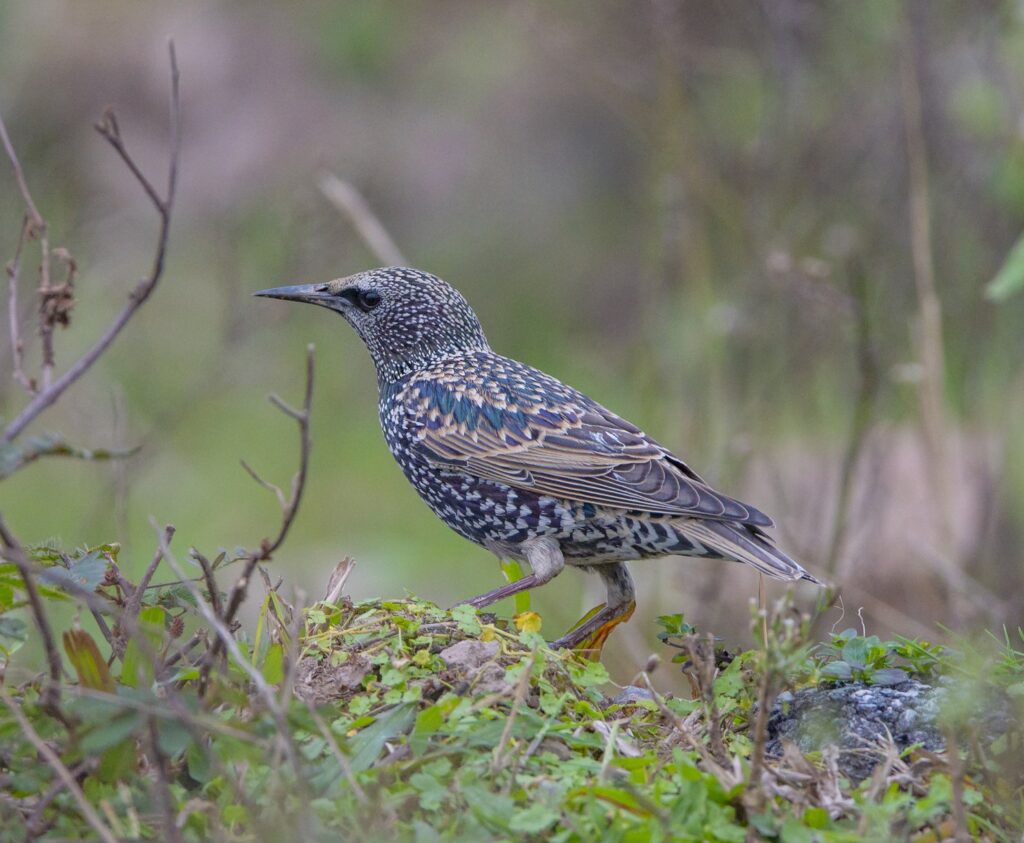
Socio-economic characteristics
The Red River Delta consists of several ethnic groups, resulting in a diverse culture. Families inhabiting the forest generally have two houses, one in the forest and one in town. The main economic activities are agriculture and fisheries.
There are five large clans in the area. Each clan gathering has several houses of worship dedicated to its founder-ancestors and large branches of a clan may build separate houses of worship of their own. There are 29 such houses of worship overall. The annual clan gathers together the members of each clan and helps to strengthen relations and foster communal bonds.
Conservation and Sustainable Development
The Red River Delta Biosphere Reserve is a UNESCO World Heritage Site and a Ramsar Wetland of International Importance. It is also a model for sustainable development, balancing conservation with the needs of local communities. Conservation efforts in the reserve focus on
– Protecting endangered species: Habitat restoration and anti-poaching measures are implemented to protect endangered species.
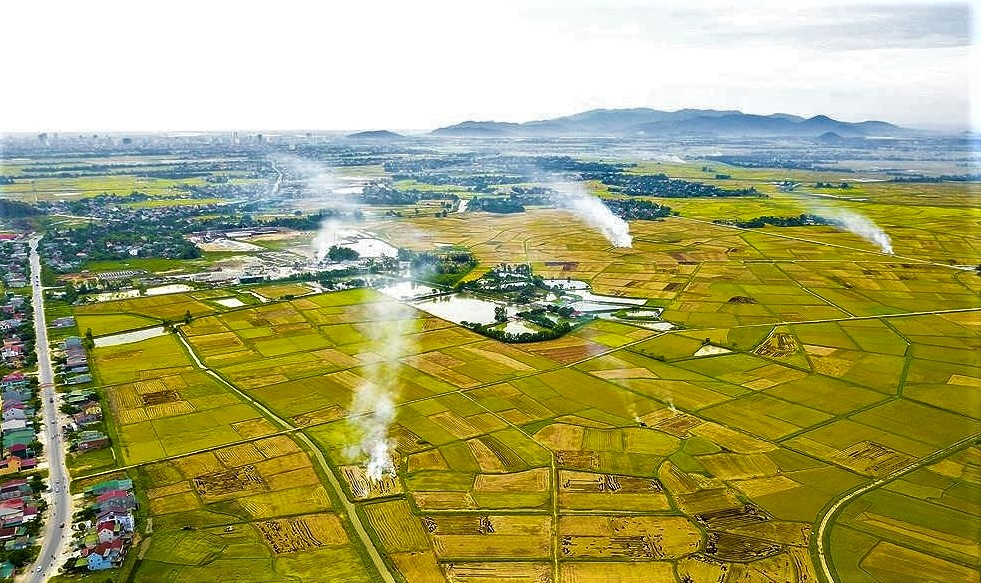
– Promoting sustainable agriculture: Sustainable agricultural practices are encouraged to minimize the use of pesticides and fertilizers, reducing their impact on the ecosystem.
– Community engagement: Local communities are involved in conservation efforts, fostering a sense of ownership and responsibility for the reserve’s preservation.
Conclusion
The Red River Delta Biosphere Reserve was recognized by UNESCO as a world biosphere reserve in December 2004. The Red River Delta Biosphere Reserve is a unique and valuable ecosystem that plays a vital role in the environment and the lives of local communities. Its recognition by UNESCO and its designation as a World Heritage Site highlights its importance and the need for continued conservation efforts. By balancing conservation with sustainable development, the reserve can continue to thrive as a model for protecting our planet’s natural heritage.
Get an opportunity to visit the Global Biosphere Reserve in Vietnam through Vietnam E-Visa!